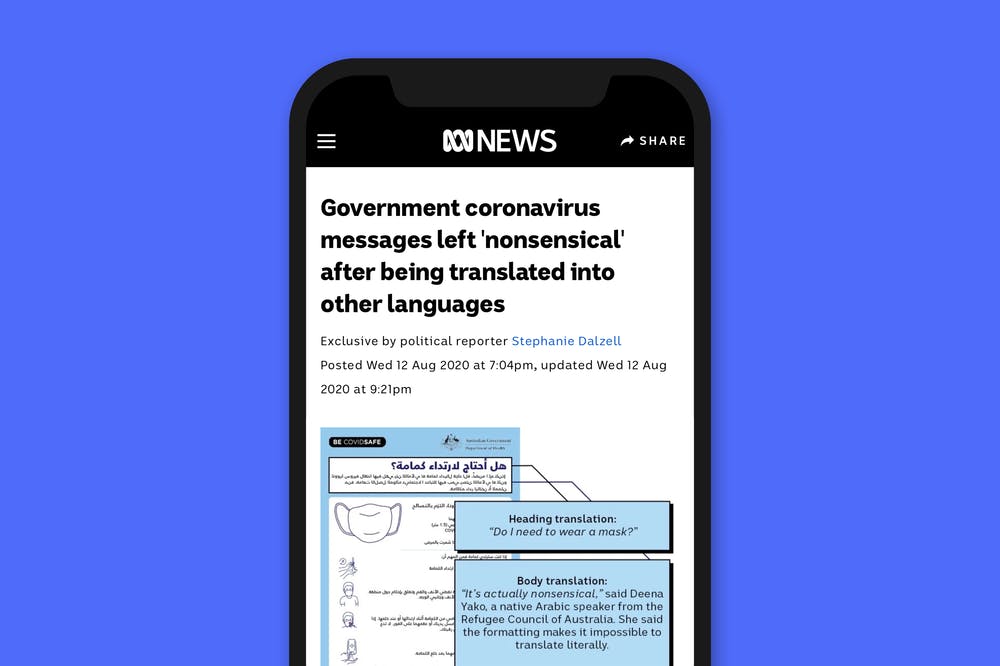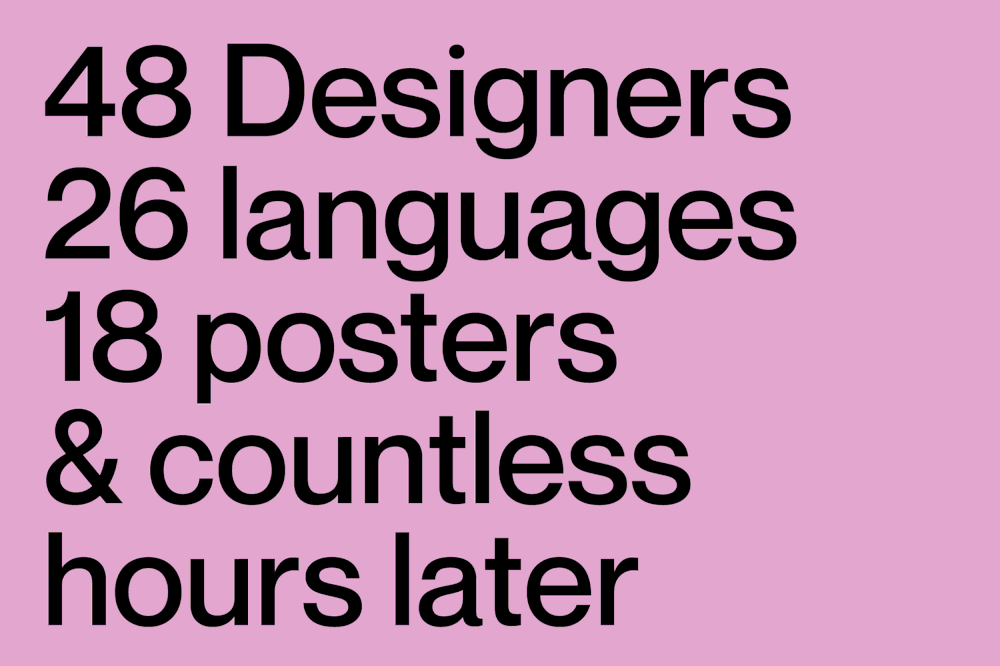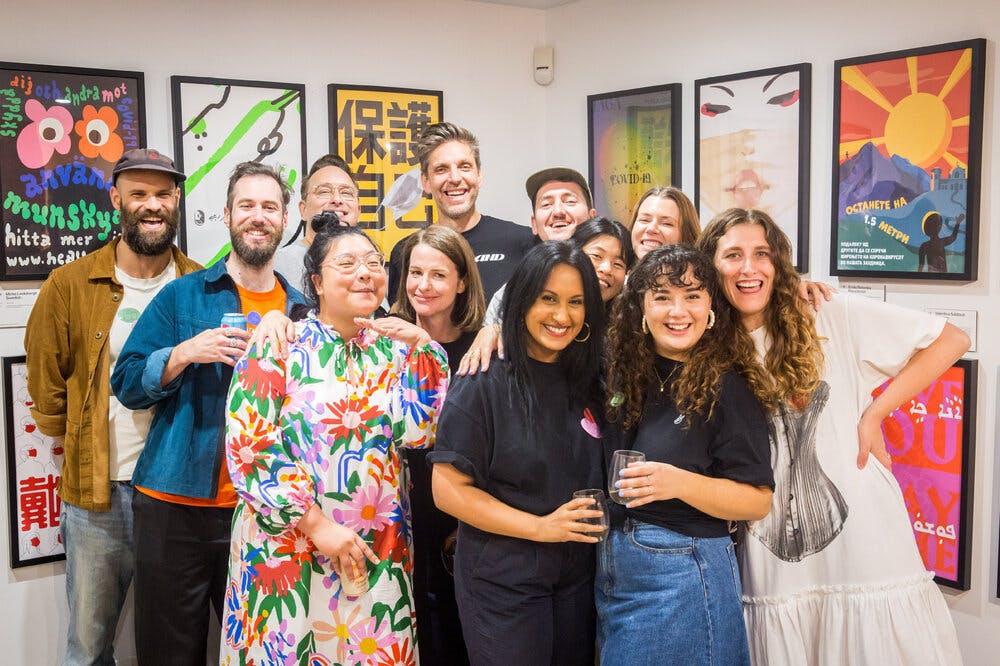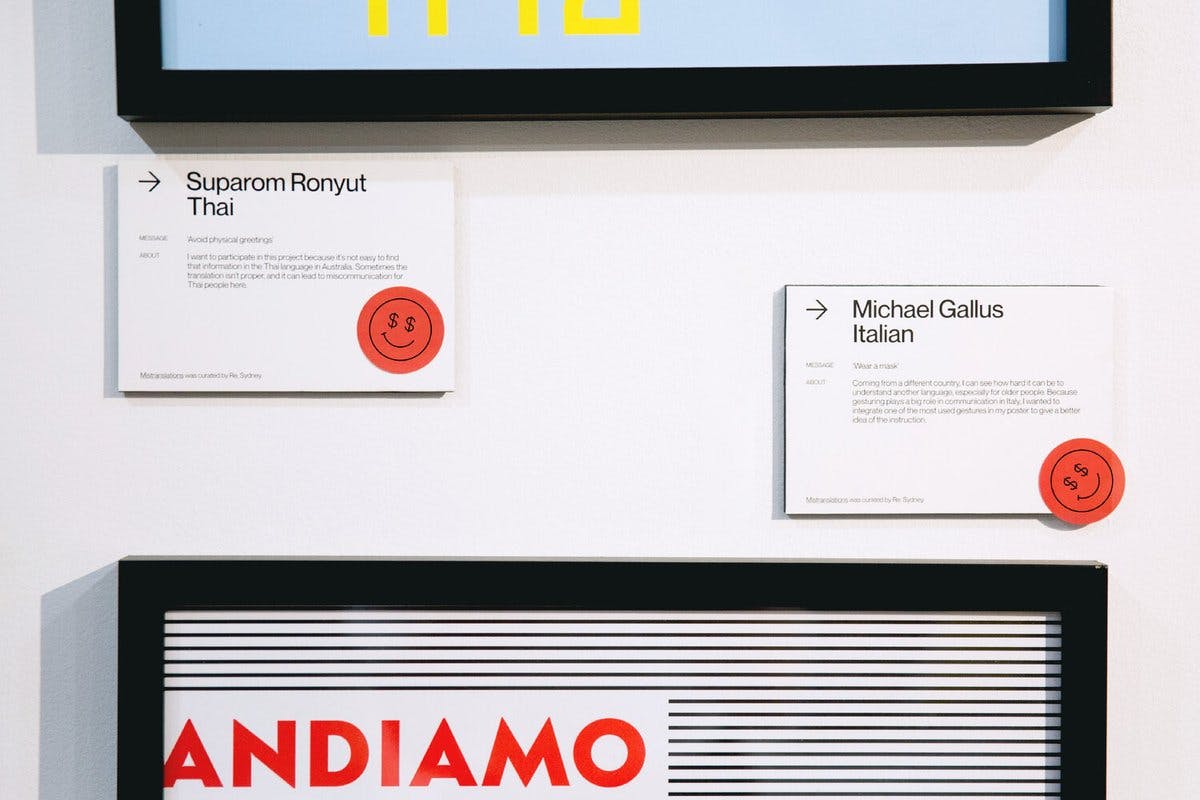Growing up, I remember hearing this phrase a lot – ‘Australia is such a multicultural society’. On the news, by my teachers, by my friends and family and I certainly said it too. And with pride.
Despite this widespread sense of pride for being so multicultural, Australia’s way of communicating to its multicultural and multilingual communities is not something we should be proud of. In a time of public health emergency, when good communication is critical and potentially life-saving, miscommunication and a lack of care continuously prevails.
In the early stages of the pandemic, the ABC reported that some official Australian COVID-19 messaging had been translated using Google Translate instead of accredited translators. Nonsensical messaging for non-English speaking communities resulted, disempowering already vulnerable people.




